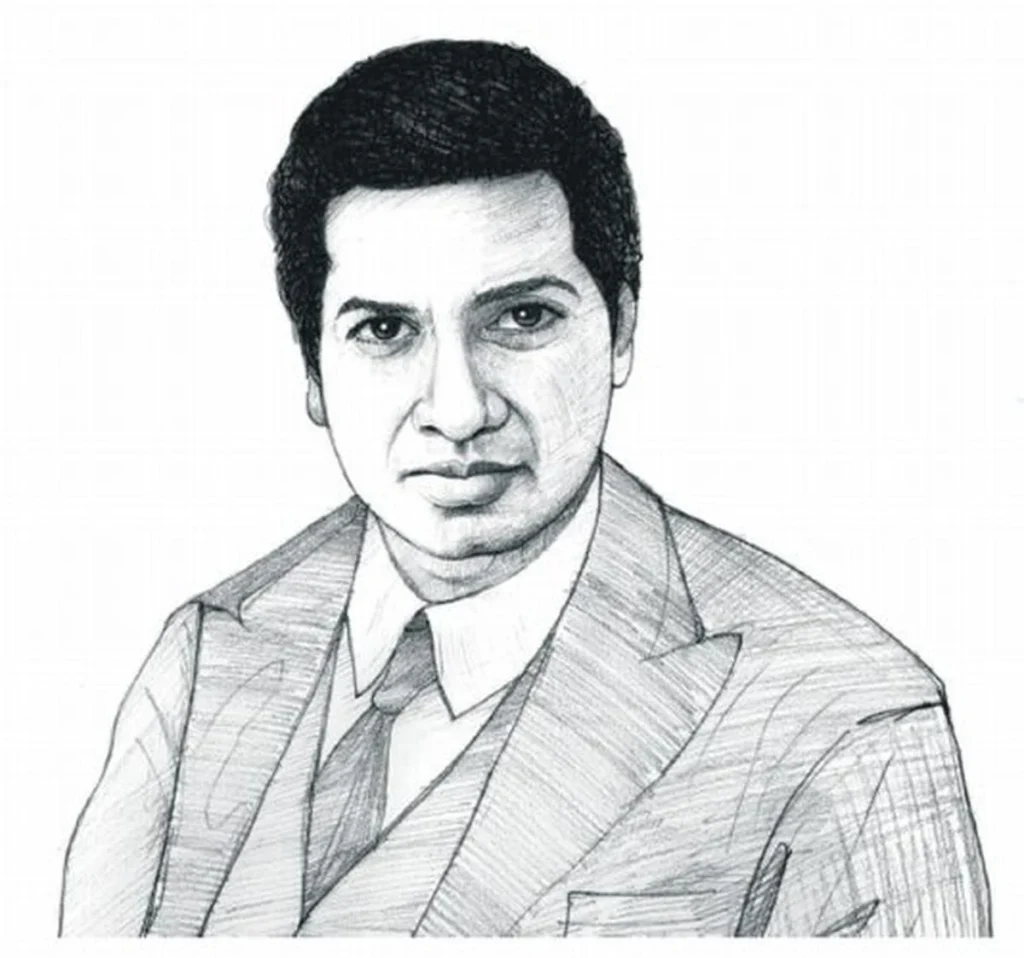The death anniversary of Srinivasa Ramanujan was observed on April 26th.
About Srinivasa Ramanujan:
- He was born on December 22, 1887, in Erode, Tamil Nadu.
- He died on April 26, 1920, in Kumbakonam, Tamil Nadu, India.
- He was known for his intense passion for mathematics, focusing almost exclusively on this subject from an early age.
- Introduced to advanced mathematics through G. S. Carr’s book “Synopsis of Elementary Results in Pure Mathematics.”
- His love for mathematics led him to develop theories and solve puzzles on his own, despite limited formal education.
- He studied under Professor Srinivasa Iyengar and attended Pachaiyappa’s College in Chennai.
- Worked as a clerk at the Madras Port Trust where he met other mathematicians who recognized his talent.
Contributions to Mathematics:
- Ramanujan compiled about 3,900 mathematical results including equations and identities.
- His work included major contributions to game theory, infinite series, mathematical analysis, number theory, and continued fractions.
- He is famous for formulas calculating Pi and theories on partitions, modular forms, and hypergeometric series.
- He published his findings in various journals, including the Journal of the Indian Mathematical Society and several papers in London.
- Notable work includes the Riemann zeta function and prime numbers, developed in collaboration with G. H. Hardy.
- Ramanujan developed theories that significantly impacted the understanding of integers and their properties, now referred to as “Ramanujan Theory.”
Other Contributions:
- His other notable works include the elliptic integrals, the mock theta function, the theory of divergent series, and the functional equations of the zeta function.
- Authored several notebooks filled with mathematical research, known as Ramanujan’s Frayed Notebooks, which were studied and edited numerous times by other mathematicians.
Honours and Legacy:
- He was the first Indian elected as a Fellow of Trinity College, Cambridge and one of the youngest members of Britain’s Royal Society.
- Named a Fellow of the Royal Society in 1918 for his contributions to numbers and complex numbers.
- Received a prestigious award from the King of England for his services to mathematics.
- National Mathematics Day is celebrated in his honour on December 22nd each year.
- His life and achievements were portrayed in the biopic “The Man Who Knew Infinity.”
- 1729 is famously known as the Ramanujan number, illustrating his unique way to express it as the sum of two cubes in two different ways.
Ref: Source
| UPSC IAS Preparation Resources | |
| Current Affairs Analysis | Topperspedia |
| GS Shots | Simply Explained |
| Daily Flash Cards | Daily Quiz |



